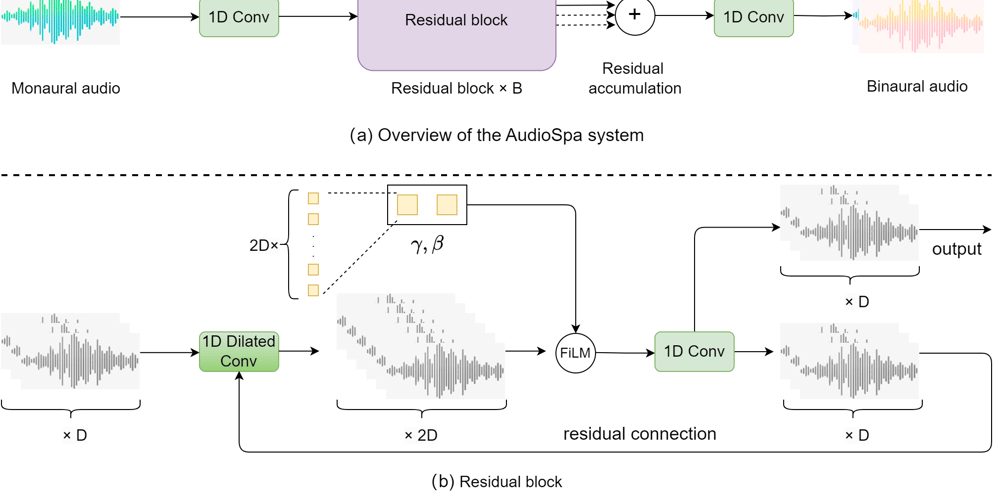Sliding Window Pattern in JavaScript: A Beginner-Friendly Guide
If you’re preparing for JavaScript coding interviews, one common problem-solving technique you must know is the Sliding Window Pattern. But what is it? Why is it important? And how can you use it to solve problems? Let’s break it down step by step, in the simplest way possible, that anyone can understand it. Understanding the Sliding Window Pattern Imagine you have a long road with streetlights. At any time, you can only focus on a fixed number of streetlights at once. As you walk down the road, your focus (or "window") shifts one step at a time. This idea is similar to the Sliding Window Pattern in programming. Instead of looking at the entire dataset at once, we focus only on a small "window" of the data, and we slide that window to analyze different parts. This helps us reduce time complexity (how long our program takes to run) and optimize our solutions. Why Use the Sliding Window Pattern? In coding interviews, some problems involve continuous subarrays (a part of an array that appears together). A brute force solution (checking all possible subarrays) is often too slow. Instead, we use the Sliding Window technique to efficiently find results. Benefits of the Sliding Window Pattern: ✅ Faster than checking every possibility (Brute Force) ✅ Optimized for problems involving sequences (like arrays or strings) ✅ Easy to implement once you understand it Types of Sliding Window Techniques There are two main types: Fixed-Size Sliding Window - The window size is fixed (e.g., find the max sum of k consecutive numbers). Dynamic Sliding Window (a.k.a. Variable-Size Window) - The window size changes (e.g., find the smallest subarray that meets a condition). Let’s learn them one by one. 1️⃣ Fixed-Size Sliding Window Example Problem: Maximum Sum of K Consecutive Elements

If you’re preparing for JavaScript coding interviews, one common problem-solving technique you must know is the Sliding Window Pattern.
But what is it? Why is it important? And how can you use it to solve problems?
Let’s break it down step by step, in the simplest way possible, that anyone can understand it.
Understanding the Sliding Window Pattern
Imagine you have a long road with streetlights. At any time, you can only focus on a fixed number of streetlights at once. As you walk down the road, your focus (or "window") shifts one step at a time.
This idea is similar to the Sliding Window Pattern in programming. Instead of looking at the entire dataset at once, we focus only on a small "window" of the data, and we slide that window to analyze different parts.
This helps us reduce time complexity (how long our program takes to run) and optimize our solutions.
Why Use the Sliding Window Pattern?
In coding interviews, some problems involve continuous subarrays (a part of an array that appears together). A brute force solution (checking all possible subarrays) is often too slow. Instead, we use the Sliding Window technique to efficiently find results.
Benefits of the Sliding Window Pattern:
✅ Faster than checking every possibility (Brute Force)
✅ Optimized for problems involving sequences (like arrays or strings)
✅ Easy to implement once you understand it
Types of Sliding Window Techniques
There are two main types:
-
Fixed-Size Sliding Window - The window size is fixed (e.g., find the max sum of
kconsecutive numbers). - Dynamic Sliding Window (a.k.a. Variable-Size Window) - The window size changes (e.g., find the smallest subarray that meets a condition).
Let’s learn them one by one.
1️⃣ Fixed-Size Sliding Window Example
Problem: Maximum Sum of K Consecutive Elements











































































































































































![[The AI Show Episode 142]: ChatGPT’s New Image Generator, Studio Ghibli Craze and Backlash, Gemini 2.5, OpenAI Academy, 4o Updates, Vibe Marketing & xAI Acquires X](https://www.marketingaiinstitute.com/hubfs/ep%20142%20cover.png)




























































































































![[DEALS] The Premium Learn to Code Certification Bundle (97% off) & Other Deals Up To 98% Off – Offers End Soon!](https://www.javacodegeeks.com/wp-content/uploads/2012/12/jcg-logo.jpg)


![From drop-out to software architect with Jason Lengstorf [Podcast #167]](https://cdn.hashnode.com/res/hashnode/image/upload/v1743796461357/f3d19cd7-e6f5-4d7c-8bfc-eb974bc8da68.png?#)








































































































.png?#)

































_Christophe_Coat_Alamy.jpg?#)
 (1).webp?#)





































































































![Apple Considers Delaying Smart Home Hub Until 2026 [Gurman]](https://www.iclarified.com/images/news/96946/96946/96946-640.jpg)
![iPhone 17 Pro Won't Feature Two-Toned Back [Gurman]](https://www.iclarified.com/images/news/96944/96944/96944-640.jpg)
![Tariffs Threaten Apple's $999 iPhone Price Point in the U.S. [Gurman]](https://www.iclarified.com/images/news/96943/96943/96943-640.jpg)




































































































































